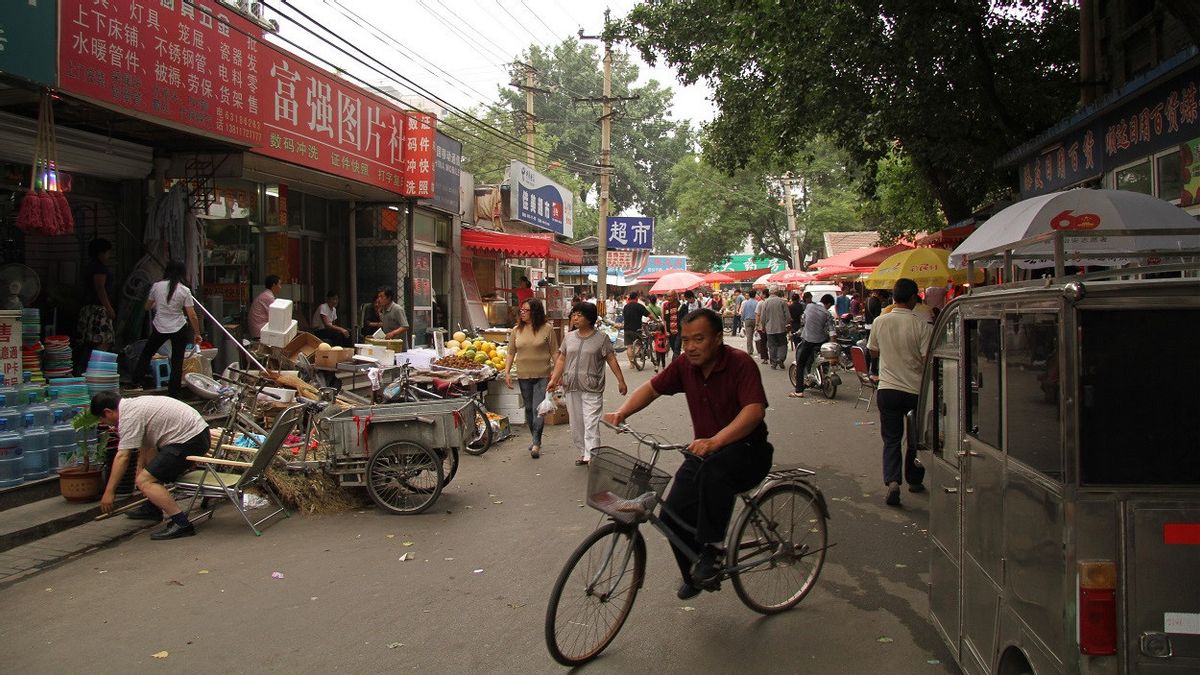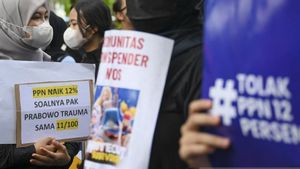JAKARTA - China's population has slowed significantly and is expected to start shrinking by 2025, according to a state-backed Global Times report, citing a senior health official.
Birth data released late Sunday showed the number of new births in 2021 would be the lowest in decades in several provinces.
The number of births in central Hunan Province fell below 500,000 for the first time in nearly 60 years, the Global Times said. Only China's southern Guangdong Province has more than 1 million new births, he said.
China is struggling to reverse the rapid contraction in natural population growth as many young people choose not to have children due to factors including high costs and work pressures.
China's population is expected to start shrinking in 2021-2025, the Global Times said, citing Yang Wenzhuang, head of population and family affairs at the National Health Commission.
Changes in China's law last year to allow women to have three children did not help, with many women saying the changes were too late and they did not have adequate job security and gender equality.
As previously reported, Mainland China's birth rate fell to a record low in 2021, data showed on Monday, extending the downward trend that led Beijing last year to start allowing couples to have up to three children.
China scrapped its decades-old one-child policy in 2016, replacing it with a two-child restriction to try to avoid the economic risks of a rapidly aging population. However, the high cost of urban living prevents couples from having more children.
China's birth rate of just 7.52 births per 1,000 people in 2021, the lowest since 1949 or 72 years ago, according to National Bureau of Statistics data, added further pressure on officials to push for more births.
Meanwhile, China's natural population growth rate, which excludes migration, is only about 0.034 percent for 2021, its lowest since 1960, according to the data.
There will be a total of 10.62 million births in 2021, data shows, compared to 12 million in 2020. The 2020 birth rate is 8.52 births per 1,000 people.
"The demographic challenges are well known, but the pace of population aging is clearly faster than expected," said Zhiwei Zhang, chief economist at Pinpoint Asset management earlier this year.
"This suggests China's total population may have peaked in 2021. It also suggests China's growth potential is likely to slow more quickly than expected," Zhang said.
Meanwhile, Huang Wenzheng, a demographer with the Beijing-based Center for China and Globalization, said the number of births would likely fluctuate in the 10 million range, before declining further in the absence of more policy changes.
"However, the policy will provide greater support for the birth rate in the long term," Huang said.
"Career advancement can be related to whether you have children or not, economic incentives, to direct cash payments by the community to meet the costs of raising a family," he said.
The English, Chinese, Japanese, Arabic, and French versions are automatically generated by the AI. So there may still be inaccuracies in translating, please always see Indonesian as our main language. (system supported by DigitalSiber.id)













